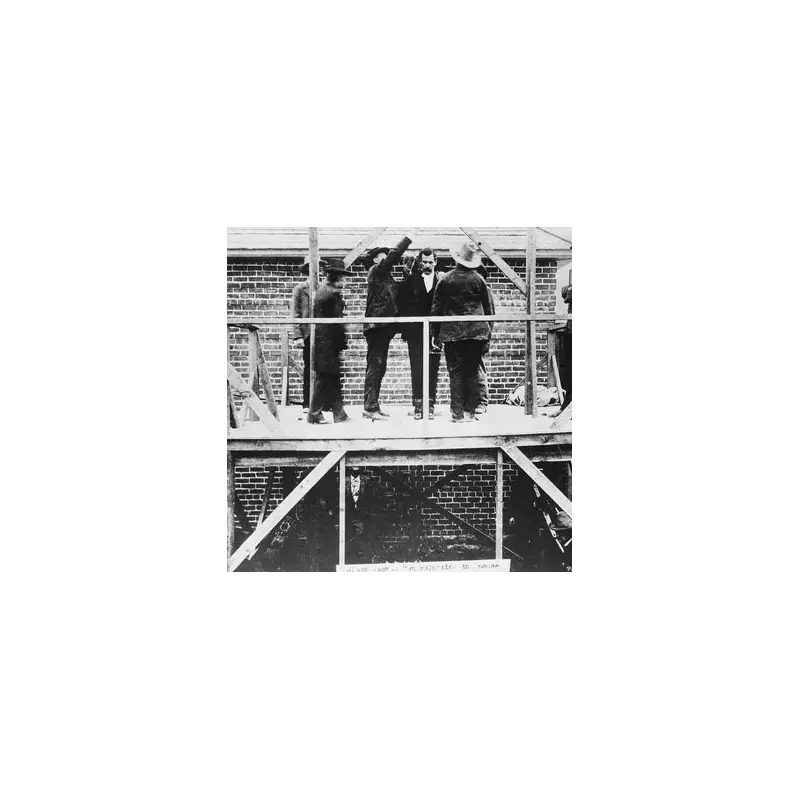
The annals of American criminal history are stained with the gruesome tale of Thomas Edward Ketchum, an outlaw whose public execution descended into a scene of unparalleled horror when he was decapitated on the gallows.
The Notorious Outlaw of the Wild West
Better known as 'Black Jack', Thomas Edward Ketchum was a infamous member of the notorious 'Hole-in-the-Wall' gang that terrorised the American West during the late 19th century. His lengthy criminal career, which involved holding up trains and stagecoaches, eventually drew the intense focus of law enforcement agencies across multiple states.
Ketchum's downfall began with a failed train robbery near Folsom, New Mexico, in 1899. During the attempted heist, the train's conductor shot Ketchum in his right arm. The wound was so severe that it necessitated the amputation of the limb. His injury led directly to his capture, ending his days as a free man.
A Public Spectacle Turns Macabre
After his capture, Ketchum stood trial in the town of Clayton, where he was convicted of attempted train robbery and sentenced to death by hanging. On April 26, 1901, the execution was treated as a major public event. Stores closed for the day, saloons opened their doors early, and a carnival-like atmosphere prevailed, with vendors even selling souvenir dolls of Ketchum fixed to a hanging stick.
Unbeknownst to the gathered crowd, the executioners had committed a critical error in their preparations. The night before, they had tested the gallows' rope with a 200-pound sandbag and foolishly left it in place overnight. This caused the rope to stretch and become stiff, behaving more like rigid wire than a fibrous cord.
The Horrific Execution and Its Aftermath
When the trapdoor was opened that afternoon, a combination of factors led to catastrophe: the overlong and stiffened rope, Ketchum's weight gain in jail, and the imbalance caused by his missing arm. The result was a botched execution of extreme violence. Ketchum's head was completely severed from his body upon the drop.
Eyewitnesses described a scene of utter horror. Sheriff Salome Garcia recounted that the black hood was the only thing preventing the head from rolling away, and that his body landed squarely on its feet for a moment before collapsing. He spoke of 'great streams of red, red blood' spurting from the severed neck. The executioners were forced to sew the head back onto the body so that Ketchum could receive a public burial.
Ketchum's last words were reportedly, 'Dig my grave deep, boys. Let her go boys.' The event's notoriety was sealed when photographs and postcards of the decapitated body were printed and circulated, grimly titled “Body of Black Jack after the hanging showing head snapped off.”
This botched hanging remains one of the most extreme examples of a failed execution in United States history. Despite his ignominious end, Ketchum's story continues to fascinate; his body was moved in the 1930s to the Clayton Cemetery, where his grave still attracts visitors drawn to this macabre chapter of the Wild West.





